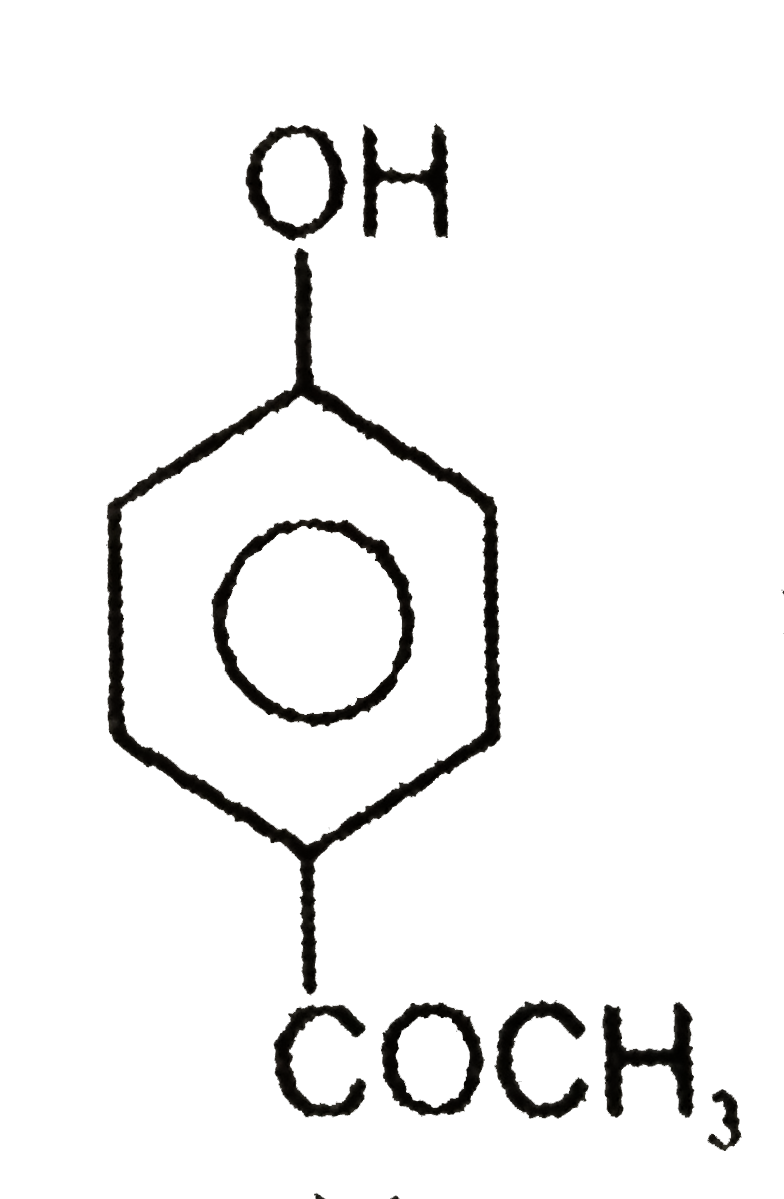Correct statement is
[Zn(NH3)4]2+ is tetrahedral and paramagnetic
[Nicl4]2− is square planar and paramagnetic
[Zn(NH3)4]2+ is square planar and diamagnetic
[Ni(CN)4]2−is square planar and diamagnetic
To solve the question regarding the correct statement about the given coordination complexes, we will analyze each complex step by step.
Step 1: Analyze (Zn(NH3)4)²⁺
1. Determine the oxidation state of Zinc:
- The complex is (Zn(NH3)4)²⁺.
- Ammonia (NH3) is a neutral ligand, so its contribution to the charge is 0.
- Therefore, the oxidation state of zinc (Zn) is +2.
2. Electronic configuration of Zn²⁺:
- The atomic number of Zn is 30, and its electronic configuration is (Ar) 3d¹⁰ 4s².
- For Zn²⁺, it loses 2 electrons from the 4s orbital: 3d¹⁰.
3. Hybridization and Geometry:
- With 4 ammonia ligands, the hybridization is sp³.
- The geometry of the complex is tetrahedral.
4. Magnetic properties:
- Zn²⁺ has a completely filled 3d orbital (3d¹⁰), meaning it has no unpaired electrons.
- Therefore, it is diamagnetic.
Conclusion for (Zn(NH3)4)²⁺:
- The statement that it is tetrahedral and paramagnetic is incorrect; it is tetrahedral and diamagnetic.
Step 2: Analyze (NiCl4)²⁻
1. Determine the oxidation state of Nickel:
- The complex is (NiCl4)²⁻.
- Chlorine (Cl) has a charge of -1, so for 4 Cl atoms: -4.
- Let the oxidation state of Ni be X.
- The equation is: X - 4 = -2 → X = +2.
2. Electronic configuration of Ni²⁺:
- The atomic number of Ni is 28, and its electronic configuration is (Ar) 3d⁸ 4s².
- For Ni²⁺, it loses 2 electrons from the 4s orbital: 3d⁸.
3. Hybridization and Geometry:
- Chlorine is a weak field ligand, so no pairing occurs.
- The hybridization is sp³, and the geometry is tetrahedral.
4. Magnetic properties:
- Ni²⁺ has 2 unpaired electrons in the 3d orbitals, making it paramagnetic.
Conclusion for (NiCl4)²⁻:
- The statement that it is square planar is incorrect; it is tetrahedral and paramagnetic.
Step 3: Analyze (Ni(CN)4)²⁻
1. Determine the oxidation state of Nickel:
- The complex is (Ni(CN)4)²⁻.
- Cyanide (CN) has a charge of -1, so for 4 CN: -4.
- Let the oxidation state of Ni be X.
- The equation is: X - 4 = -2 → X = +2.
2. Electronic configuration of Ni²⁺:
- The electronic configuration remains the same as before: 3d⁸.
3. Hybridization and Geometry:
- Cyanide is a strong field ligand, causing pairing of electrons.
- The configuration after pairing: 3d¹⁰.
- The hybridization is dsp², and the geometry is square planar.
4. Magnetic properties:
- All electrons are paired, making it diamagnetic.
Conclusion for (Ni(CN)4)²⁻:
- The statement that it is square planar and diamagnetic is correct.
Final Answer:
- The correct statement is: (Ni(CN)4)²⁻ is square planar and diamagnetic.
1. Determine the oxidation state of Zinc:
- The complex is (Zn(NH3)4)²⁺.
- Ammonia (NH3) is a neutral ligand, so its contribution to the charge is 0.
- Therefore, the oxidation state of zinc (Zn) is +2.
- The atomic number of Zn is 30, and its electronic configuration is (Ar) 3d¹⁰ 4s².
- For Zn²⁺, it loses 2 electrons from the 4s orbital: 3d¹⁰.
- With 4 ammonia ligands, the hybridization is sp³.
- The geometry of the complex is tetrahedral.
- Zn²⁺ has a completely filled 3d orbital (3d¹⁰), meaning it has no unpaired electrons.
- Therefore, it is diamagnetic.
- The statement that it is tetrahedral and paramagnetic is incorrect; it is tetrahedral and diamagnetic.
1. Determine the oxidation state of Nickel:
- The complex is (NiCl4)²⁻.
- Chlorine (Cl) has a charge of -1, so for 4 Cl atoms: -4.
- Let the oxidation state of Ni be X.
- The equation is: X - 4 = -2 → X = +2.
- The atomic number of Ni is 28, and its electronic configuration is (Ar) 3d⁸ 4s².
- For Ni²⁺, it loses 2 electrons from the 4s orbital: 3d⁸.
- Chlorine is a weak field ligand, so no pairing occurs.
- The hybridization is sp³, and the geometry is tetrahedral.
- Ni²⁺ has 2 unpaired electrons in the 3d orbitals, making it paramagnetic.
- The statement that it is square planar is incorrect; it is tetrahedral and paramagnetic.
1. Determine the oxidation state of Nickel:
- The complex is (Ni(CN)4)²⁻.
- Cyanide (CN) has a charge of -1, so for 4 CN: -4.
- Let the oxidation state of Ni be X.
- The equation is: X - 4 = -2 → X = +2.
- The electronic configuration remains the same as before: 3d⁸.
- Cyanide is a strong field ligand, causing pairing of electrons.
- The configuration after pairing: 3d¹⁰.
- The hybridization is dsp², and the geometry is square planar.
- All electrons are paired, making it diamagnetic.
- The statement that it is square planar and diamagnetic is correct.
- The correct statement is: (Ni(CN)4)²⁻ is square planar and diamagnetic.
Similar Questions
The correct statements is/are
View SolutionCorrect statement (s) about
 is/are
is/are
View SolutionThe correct statement with respect to dinitrogen is :
View SolutionCorrect statements (s) about
 is /are
is /are
View SolutionCorrect statements (s) about
 is /are
is /are
View SolutionSelect correct statement (s):
View SolutionSelect the correct statements
View SolutionChoose the correct statements
View SolutionPick the correct statements:
View SolutionSelect the correct statement .
View Solution
